by Anna, Alex and Anna-Lena.
In Bavaria we take the wonderful traditions strictly. It is a lot of fun to celebrate the traditions with our friends and relatives.
Many people in Bavaria play typical Bavarian instruments, for example the harp or the accordion:
We will tell you about the following topics:
Sternsinger (= collect money for poor people)
Trachtenverein (= traditional dancing club)
Fingerhakeln (= kind of sport)
Schnalzen (= kind of sport)
Musik (= Bavarian music)
Maibaum (= Maypole)
We hope you enjoy it.
The “Sternsinger”
by Anna-Lena
In Germany boys and girls dress up as Casper, Melchior and Balthazar the holy 3 kings, they go from house to house in around 8000 parishes.
by Anna-Lena
In Germany boys and girls dress up as Casper, Melchior and Balthazar the holy 3 kings, they go from house to house in around 8000 parishes.
The “Sternsinger” or “Dreikönigssänger” visit on Epiphany (6. January), families, ill and secluded people. They are going in groups of 3 or more and proclaim with prayers and chant the message of Jesus´ birth.
They write with consecrated chalk an old benediction prayer about the entrance door:
20 + C + M + B + 12
I------The year------I
To remind the benediction prayer you can think about the beginning letters of the holy 3 kings´ name. But the original meaning is:
christus mansionem benedicat, that’s Latin and calls: Christ bless our home.
The money, which the “Sternsinger” collect, gets to poor children around the world to build schools or orphanages.
When people open the door, then the “Sternsinger” are singing this or other “Sternsinger”-songs and say a demanding:
http://www.youtube.com/watch?v=aZptkEaq9_U&feature=player_detailpage
They write with consecrated chalk an old benediction prayer about the entrance door:
20 + C + M + B + 12
I------The year------I
To remind the benediction prayer you can think about the beginning letters of the holy 3 kings´ name. But the original meaning is:
christus mansionem benedicat, that’s Latin and calls: Christ bless our home.
The money, which the “Sternsinger” collect, gets to poor children around the world to build schools or orphanages.
When people open the door, then the “Sternsinger” are singing this or other “Sternsinger”-songs and say a demanding:
http://www.youtube.com/watch?v=aZptkEaq9_U&feature=player_detailpage
The “Trachtenverein”
by Anna, Alex and Anna-Lena
A „Trachtenverein“ is a traditional Bavarian dance club.
Anna and Alex are in the “Trachtenverein”.
Every community has one, but the communities have some differences, for example the “Tracht” (=costume) is not the same.
At the “Kirchanschöringer Trachtenverein” (=the club, where Anna and Alex are members) all the girls wear a dark-blue “Dirndl”, a light-blue apron with little flowers on it, a withe blouse, a withe pantyhose, dark dance shoes and a black hat with a white spring.
When you are new in “Trachtenverein” and your grandmother or mother was not in it either, then you have to buy the costume. But when your mother, or grandmother (or other female ancestors) were in the club, then they inherit it to you.
All the girls must have long hair, so that they can plait a braid or a "Gretel":
by Anna, Alex and Anna-Lena
A „Trachtenverein“ is a traditional Bavarian dance club.
Anna and Alex are in the “Trachtenverein”.
Every community has one, but the communities have some differences, for example the “Tracht” (=costume) is not the same.
At the “Kirchanschöringer Trachtenverein” (=the club, where Anna and Alex are members) all the girls wear a dark-blue “Dirndl”, a light-blue apron with little flowers on it, a withe blouse, a withe pantyhose, dark dance shoes and a black hat with a white spring.
When you are new in “Trachtenverein” and your grandmother or mother was not in it either, then you have to buy the costume. But when your mother, or grandmother (or other female ancestors) were in the club, then they inherit it to you.
All the girls must have long hair, so that they can plait a braid or a "Gretel":
Woman who are married have a black hat and a "Gretel" too:
All the boys wear a black short “Lederhosn” (=lederhos),
a white shirt, black shoes and grew stockings
and black hat with a white spring too.
The boys must have short hair that’s the tradition.
The Dances:
There are different dances, but mostly boys and girls dance together. The girl turns on her own axis. The boy stands in the middle of the circle and hits with his hands on his legs and thigh.
Here you can see some dances: http://www.youtube.com/watch?v=GF739mqqG4I&feature=player_detailpage
(Those are people from another club, so there clothes look are a bit other than from the club where Anna and Alex are.)
Some appearances they have to do:
- Faschingsball (a carnival dance event in Februar)
- Maibaumaufstellen (do the Maypole up)
- Fronleichnam (a catholic holiday)
- Erntedank (thank god for a good harvest, in september)
- Hochzeiten (when people married)
- Beerdigungen (when people die)
- Gaufeste (the „Gau“ is a region, on the “ Gaufest“ the „Trachtenvereine“ dance against the others, you can win a cup)
Fingerhakeln
by Anna-Lena
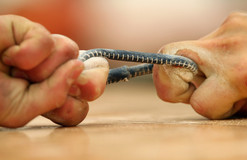
When people do Fingerhakeln, the two opponents are sitting opposite around the table. They are trying by using their fingers to pull the other across the table. Only strength and a good technique can defeat the other.
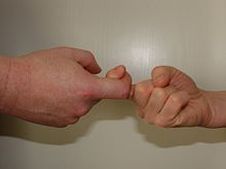
Usually the opponents hook the middle finger into a leather thong. Sometimes they hook without a leather thong the index finger into each other.
Today Fingerhakeln is a sport, but allegedly people in the villages used to resolve their arguments this way.
It can happening that the people hurt, and it often happens, that the Fingers are bleeding.
It can happening that the people hurt, and it often happens, that the Fingers are bleeding.
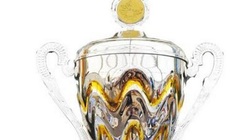
When you are the winner, you get honor. Sometimes you can win a cup.
Schnalzen
by Anna
There are two kinds of „Schnalzen“. The first is “Aperschnalzen” and the other is “Goaßlschnlazen”.
The difference is, you make ‘Aperschnalzen’ to expel the winter and to wake up the spring, that is handed from the Bavarian history. That’s because the people earlier didn’t like the winter because they didn´t have much to eat and they couldn´t store their inventories, so it was a hard time for them.‘Goaßlschnalzen’ is a hobby. You do it to produce a loud bang like a whip-cracking.
Aperschnalzen is a rhythmic sound with a thing called “Goaßl”. This is the end of the “Schnalze” (whip). The loud bang happens when you swing the “Goaßl” in one direction, then you change your movement very fast, now you get the loud whip-cracking or a bang. It is done in groups between seven and nine people. In some districts you swing the “Goaßl” on the ground and not in the air because it makes a different sound. The tradition happens between the 25. December called the “Stefanietag” and the carnival Tuesday, which can be in February or early March.
by Anna
There are two kinds of „Schnalzen“. The first is “Aperschnalzen” and the other is “Goaßlschnlazen”.
The difference is, you make ‘Aperschnalzen’ to expel the winter and to wake up the spring, that is handed from the Bavarian history. That’s because the people earlier didn’t like the winter because they didn´t have much to eat and they couldn´t store their inventories, so it was a hard time for them.‘Goaßlschnalzen’ is a hobby. You do it to produce a loud bang like a whip-cracking.
Aperschnalzen is a rhythmic sound with a thing called “Goaßl”. This is the end of the “Schnalze” (whip). The loud bang happens when you swing the “Goaßl” in one direction, then you change your movement very fast, now you get the loud whip-cracking or a bang. It is done in groups between seven and nine people. In some districts you swing the “Goaßl” on the ground and not in the air because it makes a different sound. The tradition happens between the 25. December called the “Stefanietag” and the carnival Tuesday, which can be in February or early March.
Goaßlschnalzen is like a whip and it sounds like a
whip-cracking.
It is a kind of sport. There are different species of it. The
three most famous ones are: the forehand slap (Vorhandschlag), the backhand slap
(den Rückhandschlag) and the dubble-cracking (den Doppelschlag).
http://youtu.be/IdZloV69odw
whip-cracking.
It is a kind of sport. There are different species of it. The
three most famous ones are: the forehand slap (Vorhandschlag), the backhand slap
(den Rückhandschlag) and the dubble-cracking (den Doppelschlag).
http://youtu.be/IdZloV69odw
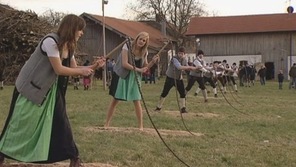
That kind of sport is mainly practised by men or by boys but a few
women do
it too.
women do
it too.
Traditonal bavarian music
by Alex
Traditonal music is played on festive occaisons of the community at church celebrations.
Sometimes a band plays at an inn. http://youtu.be/2c7xqHx6LEg
Typical musical instruments are:
- Ziach ( a kind of accordion)
A “Ziach” has on the contrary to the accordeon buttons instead of a keyboard.
The accordion in Bavaria called "Ziach".
It is played mainly in Bavaria.
The "Ziach" is a bellows.
When the "Ziach" stretch and and a button is presed a sound occurs.
The buttons on the left are for the melody and the buttons on the right are for the bass.
It's not easy to learn"Ziach", because there are no notes. Because of that you have to learn the different songs by ear.
- Guitar
- Harp
- "Hackbrett"
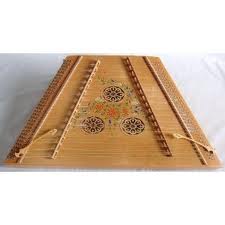
"Hackbrett"
- Trumpet
- Trombone
- “Alporn”
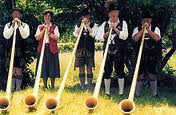
"Alphorn"
There are different types of Bavarian music:
Folk music
Folk music sounds a bit contemplative. The music for the dances of the Trachtenvereins is folk music.
Brass music
The brass band consists of brass instruments and drums.
There is a brass band almost in every community.
It plays mostly on special occasions.
When sometimes a large festival is, there is a parade.
The members of the marching band march through a village and play together on their instruments.
Folk music
Folk music sounds a bit contemplative. The music for the dances of the Trachtenvereins is folk music.
Brass music
The brass band consists of brass instruments and drums.
There is a brass band almost in every community.
It plays mostly on special occasions.
When sometimes a large festival is, there is a parade.
The members of the marching band march through a village and play together on their instruments.
Maibaum
by Alex
Always on the first of May in our region, the maypoles are set up.
It is a decorated tree, which is sometimes in the Bavarian colours blue and white.
by Alex
Always on the first of May in our region, the maypoles are set up.
It is a decorated tree, which is sometimes in the Bavarian colours blue and white.
The maypole is set up in front of an inn in the community.
The tree must be at least 30 m tall and 100 years old.
Men from the community cut the Maypole.
They cut it between Christmas and 6 of Janury.
3 days before the first of May, they bring it in the front of the inn.
People from other communities are allowed to steal the tree.
The tree must be at least 30 m tall and 100 years old.
Men from the community cut the Maypole.
They cut it between Christmas and 6 of Janury.
3 days before the first of May, they bring it in the front of the inn.
People from other communities are allowed to steal the tree.
So that the maypole is set up on the first of May, the people who stole it want a free snack, bevore they give it back.
Then on May 1st all people from the community go to the inn to drink, eat and celebrate.
The marching band from the congreation plays and the people dance traditional dances.
Then on May 1st all people from the community go to the inn to drink, eat and celebrate.
The marching band from the congreation plays and the people dance traditional dances.
The maypole is set up by the men, who wear Bavarian garb.
There are also some signs on the tree, which show the different businesses of the community.

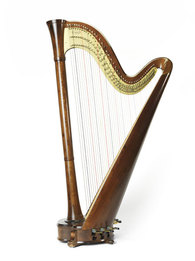
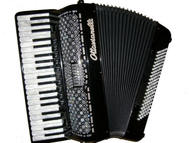
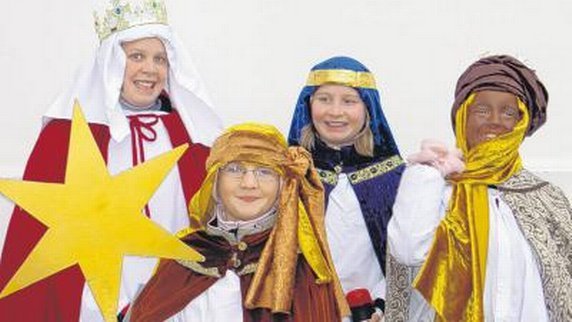
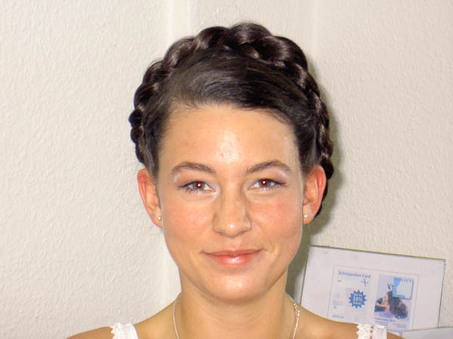
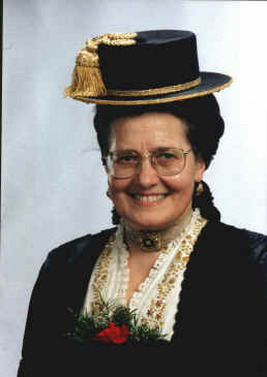
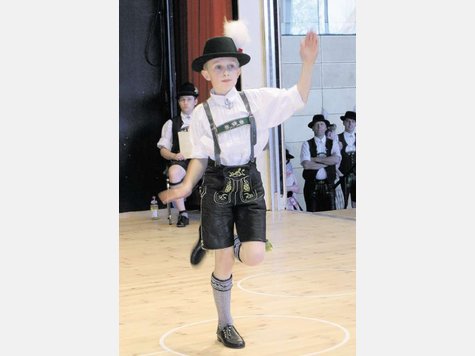
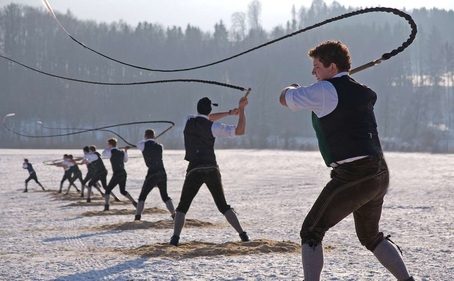
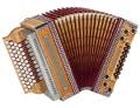
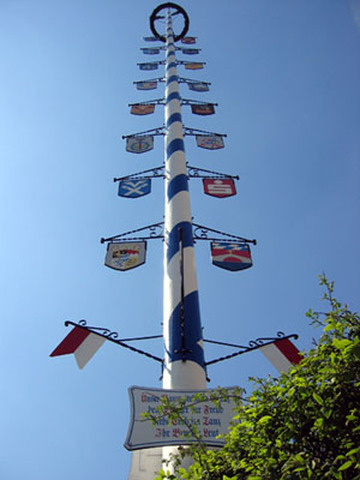
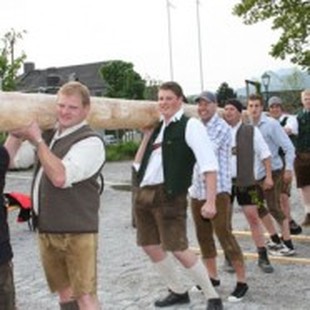
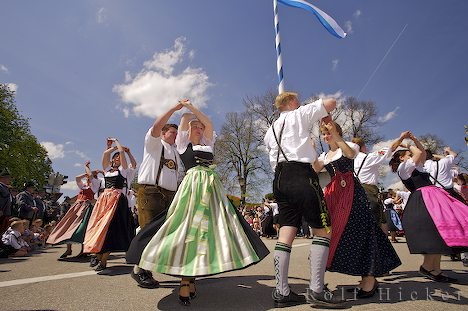
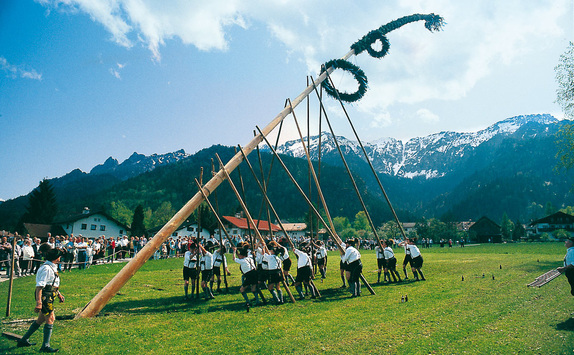
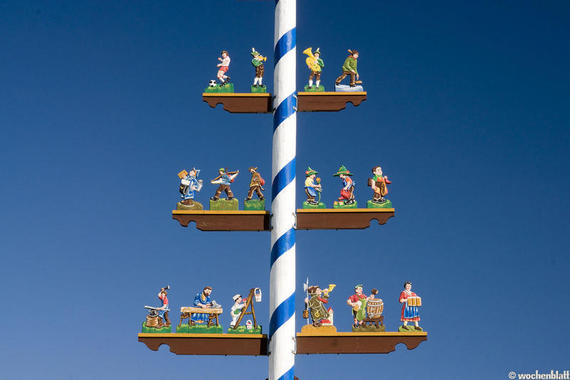
 RSS Feed
RSS Feed